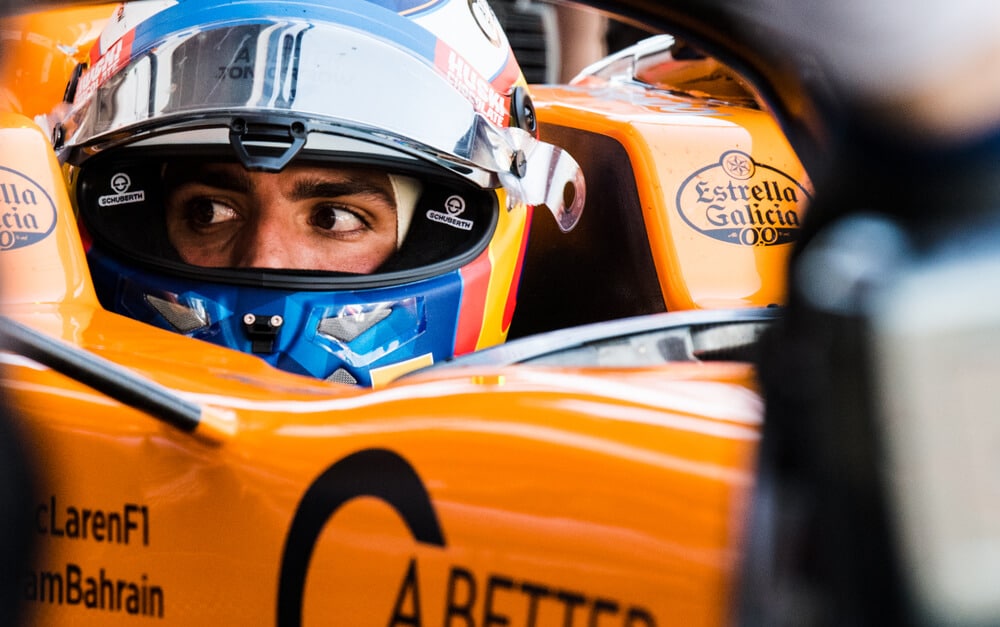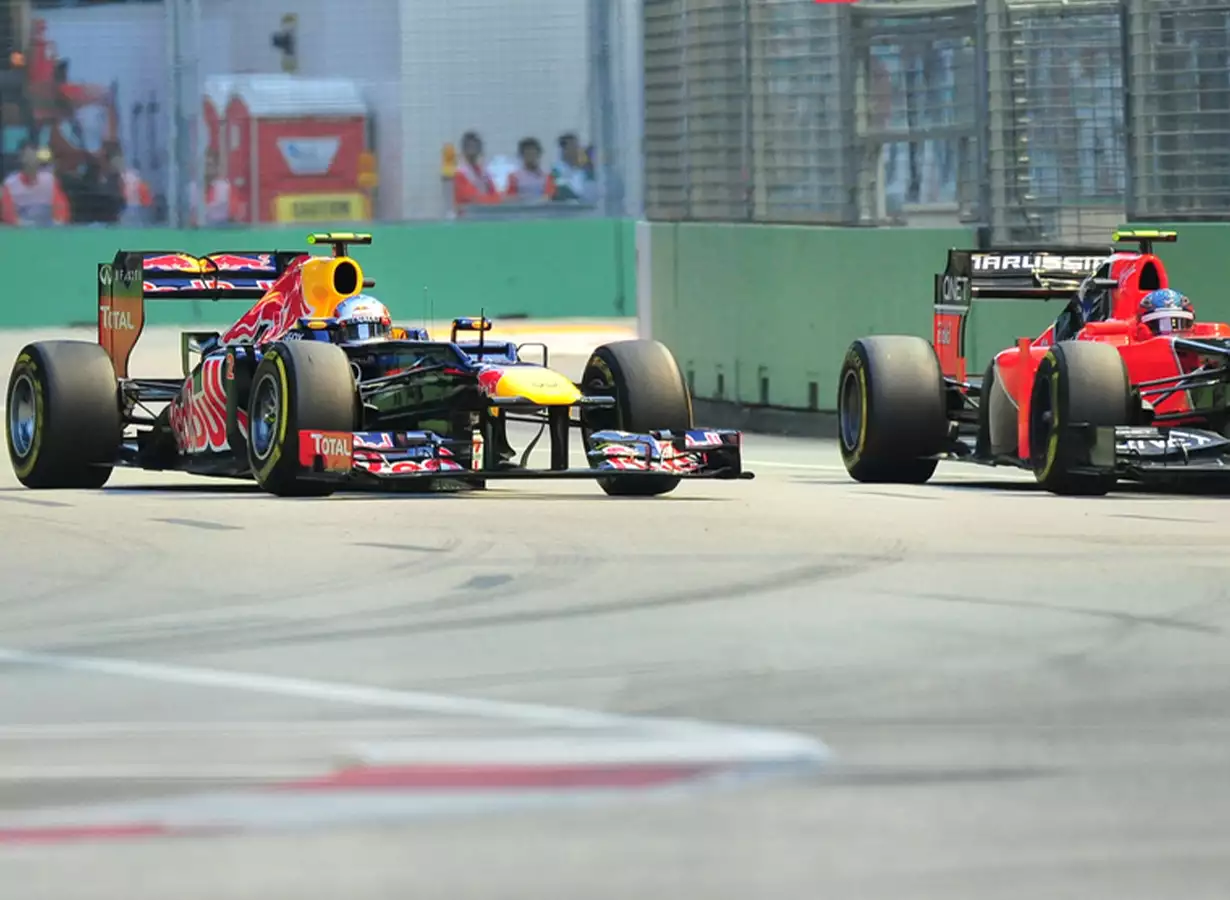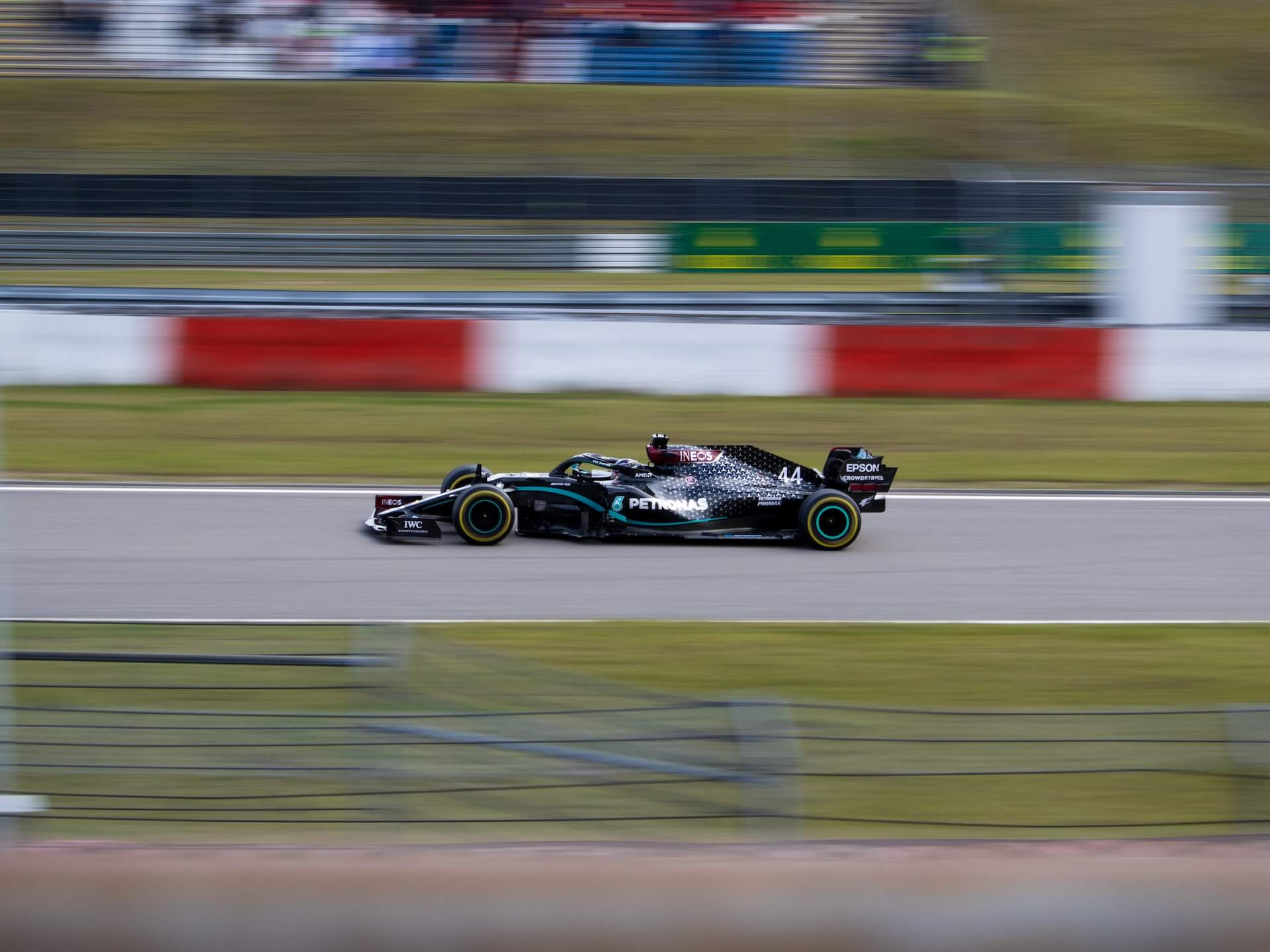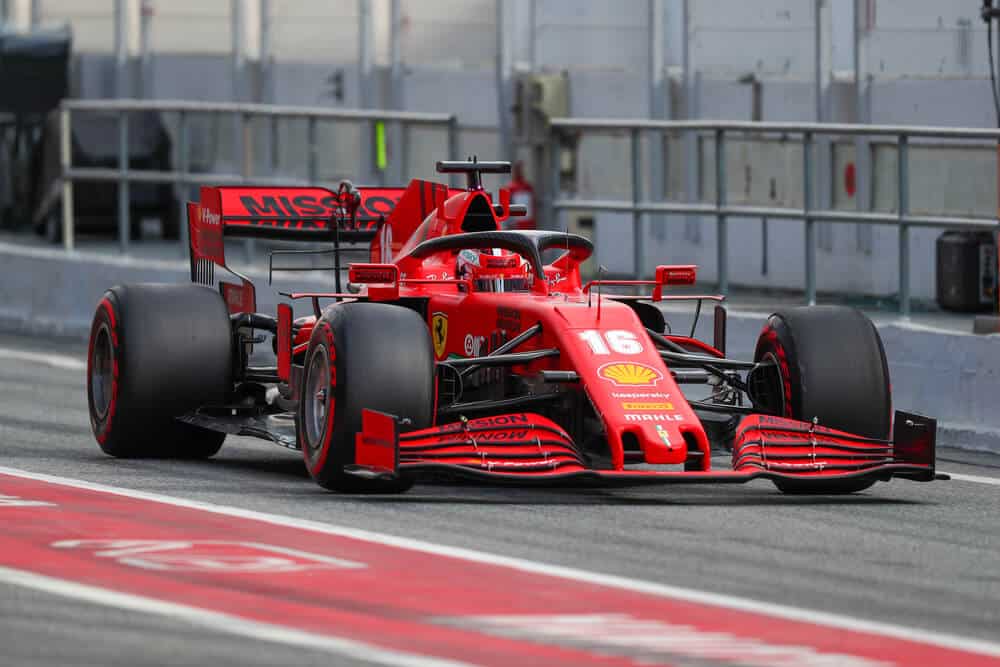In Formula One, tear-offs are a crucial tool used by drivers to maintain visibility and safety during a race. These thin, clear plastic strips are attached to the visors of drivers’ helmets and are designed to be easily removed when they become dirty or obstructed with debris.
They help to prevent debris from obstructing the driver’s view. Not having a clear view can be very dangerous at high speeds. They also improve lap times by allowing drivers to react quickly to changing conditions on the track. While tear-offs may seem like a small detail, they can make a big difference in the outcome of a race.
In this article, we will explore the world of tear-offs in Formula One. Including what they are, why they are important, and how they are used during a race.
Table of Contents
Watch this video to learn more about how to install and remove tear-offs.
What are tear-offs in Formula One?
Tear-offs are thin, clear strips of plastic film that are attached to the visors of Formula One drivers’ helmets. They are used to improve visibility and driver safety during a race. Tear-offs are designed to be quickly and easily removed from the helmet visor when they become dirty or obstructed with debris. This allows drivers to maintain a clear line of sight and react quickly to changing conditions on the track.
How tear-offs work
Tear-offs work by providing a clear, unobstructed view for the driver. They are attached to the helmet visor using a special adhesive and are designed to be removed quickly and easily by the driver when they become dirty or obstructed with debris.
Drivers can remove them one by one during a race to ensure that they always have a clear line of sight. Usually they are made of thin, transparent plastic film. Is makes them easy to see through, and they are cut to fit the shape of the helmet visor.
Materials used to make tear-offs
Tear-offs are typically made of thin, transparent plastic film that is easy to see through. The plastic film is usually made from a special type of polymer that is designed to be lightweight and flexible. Some tear-offs may also be coated with a special anti-fogging or anti-glare material to improve visibility in challenging weather conditions.
Tear-offs are cut to fit the shape of the helmet visor, and they are attached using a special adhesive that is strong enough to hold the tear-off in place during a race but also allows for easy removal.
Regulations regarding tear-offs in F1
There are regulations in place regarding the use of tear-offs in Formula One. According to FIA regulations, tear-offs must be made of transparent material and be securely attached to the helmet visor.
Drivers are not allowed to throw used tear-offs onto the track, as this can create a safety hazard for other drivers. In addition, there are limits on the size and number of tear-offs that can be used during a race, to prevent excessive waste and promote sustainability. The FIA also requires that tear-offs be made from materials that are safe for the environment and do not pose a risk to wildlife or the ecosystem.
Key Takeaways
- Tear-offs are thin, clear strips of plastic film that are attached to the visors of Formula One drivers’ helmets.
- They help to improve visibility and driver safety during a race by preventing debris from obstructing the driver’s view.
- Tear-offs are designed to be quickly and easily removed from the helmet visor when they become dirty or obstructed.
- Drivers may use up to 20 or more tear-offs during a race, depending on the length of the race, weather conditions, and the amount of debris on the track.
- There are regulations in place regarding the use of tear-offs in Formula One, including limits on the size and number of tear-offs that can be used during a race.
Why are tear-offs important in Formula One?
Tear-offs are a critical component of driver safety in Formula One. They are important because they help to maintain visibility, prevent debris from obstructing the driver’s vision, and improve overall driver safety during a race. Tear-offs ensure that drivers have a clear line of sight, which is essential when traveling at high speeds on the track. By enabling drivers to react quickly to changing track conditions, tear-offs can help to prevent accidents and keep drivers safe.
How they help maintain visibility
Tear-offs help to maintain visibility by providing drivers with a clear line of sight. They are designed to be removed quickly and easily by the driver when they become dirty or obstructed with debris. By removing the top layer of the tear-off, drivers can maintain a clear view of the track ahead. This is especially important in Formula One, where high speeds and intense competition can create challenging driving conditions.
How they prevent debris from obstructing the driver’s vision
Tear-offs prevent debris from obstructing the driver’s vision by providing a protective layer over the helmet visor. As drivers travel around the track, debris such as rubber particles, gravel, and dust can be kicked up by the cars in front.
Without tear-offs, this debris could accumulate on the visor, obstructing the driver’s view and creating a safety hazard. Tear-offs provide a barrier that protects the visor and allows the driver to maintain a clear line of sight.
How they improve driver safety
Tear-offs improve driver safety by helping to maintain visibility and prevent debris from obstructing the driver’s vision. When drivers can see clearly, they are better able to react to changing conditions on the track and avoid accidents.
They also provide a protective layer over the helmet visor. That can help to prevent injuries in the event of an accident. By enabling drivers to maintain a clear line of sight and react quickly to changing track conditions, tear-offs play a critical role in driver safety in Formula One.
Tear-off usage during a Formula One race
During a Formula One race, tear-offs are an essential tool for maintaining driver visibility and safety. Tear-offs are designed to be quickly and easily removed from the helmet visor when they become dirty or obstructed with debris. This allows drivers to maintain a clear line of sight and react quickly to changing track conditions.
Tear-offs are typically attached to the visor in layers, with several tear-offs stacked on top of one another. As each tear-off becomes dirty or obstructed, the driver can remove it to reveal a fresh, clean layer underneath.
How tear-offs are used during a race
Tear-offs are used throughout a Formula One race to maintain driver visibility and safety. Drivers typically start a race with several tear-offs attached to their helmet visor. As the race progresses, they can remove tear-offs one by one as they become dirty or obstructed with debris.
They are designed to be easily removed using a quick motion of the hand. That allows drivers to maintain their focus on the track. The process of removing a tear-off takes only a fraction of a second. It makes all the difference in maintaining driver safety and performance.
How often drivers use tear-offs
The frequency with which drivers use tear-offs during a Formula One race can vary depending on track conditions and the amount of debris on the track. In general, drivers will use tear-offs as often as necessary to maintain visibility and avoid accidents. Some drivers may use tear-offs more frequently than others, depending on their driving style and the conditions on the track.
However, there are limits on the number of tear-offs that can be used during a race, in order to prevent excessive waste and promote sustainability. Drivers must balance the need for clear visibility with the need to conserve tear-offs throughout the race.

Challenges faced by drivers when using tear-offs
While tear-offs are a critical component of driver safety in Formula One, they also present some challenges for drivers during a race. One of the main challenges is the need to balance the benefits of clear visibility with the limited number of tear-offs available.
Drivers must carefully manage their use of tear-offs throughout the race, removing them only when necessary to maintain visibility and avoid accidents. Another challenge is the potential for tear-offs to become stuck or obstructed when being removed. This can create a distraction for the driver and potentially compromise their visibility.
Additionally, tear-offs can create additional wind resistance on the helmet visor. That can have an impact on the driver’s performance and create further challenges during the race. Despite these challenges, tear-offs remain a critical tool for driver safety in Formula One. Drivers must carefully manage their use to maintain clear visibility and avoid accidents.
Frequently asked questions
What are tear-offs in Formula One, and why are they used?
How many tear-offs do drivers typically use during a Formula One race?
Are there any regulations or restrictions on tear-off usage in Formula One?
Conclusion
In conclusion, tear-offs play a crucial role in ensuring driver safety and maintaining visibility in Formula One racing. By allowing drivers to quickly and easily remove dirty or obstructed layers from their helmet visors, tear-offs help drivers maintain focus on the track and react quickly to changing conditions.
Despite the challenges presented by the limited number of tear-offs available and the potential for them to become stuck or create additional wind resistance, drivers must carefully manage their use throughout the race to ensure clear visibility and avoid accidents. With ongoing efforts to promote sustainability in the sport, regulations surrounding tear-off usage continue to evolve, but their importance to driver safety and performance remains unchanged.
Overall, tear-offs are an essential tool for drivers in Formula One, and their use will continue to be a key factor in the sport for years to come.
Article sources
Learn more about Formula One
Want to learn more about F1? Then visit our Formula 1 glossary and dictionary.



